When considering new custom home construction, we recommend you look for these six watch-outs to ensure you’ll make the right choices long before you even get started building.
Ready for a new home and thinking about building? Pause for a moment and let us tell you: it’s often the most misunderstood segment of house hunting. Unlike buying an already-standing home, you won’t have to adapt to someone else’s lived-in space. A custom home gives you the opportunity to design the exact space for your needs. You’ll decide everything from the layout of the rooms, the style of finishings, and even the quality of your materials.
Still, for every right way you consider for building a new home, there are just as many wrong ways, too. Who you choose to work with is every bit as important as how well you plan. Following the right advice will help you save time, money, and stress.
#1: Don’t buy a lot without knowing what the site prep and servicing costs will be
We understand it happens—sometimes you just fall in love with a piece of land or you’ve found a deal you just can’t pass up. Picking out a lot before you’ve even thought about building a custom home happens more often than you realize. Maybe you believe it will give you the privacy you want. Maybe it’s in the perfect spot that’s close to all of your favorite area amenities. Or maybe you have that perfect view of the lake and you know the right home can come later.
What you may not realize, however, is how much cost will be involved in preparing the land and connecting services to your new home. That’s where budget inflation begins to set in if you’re not careful.
Before you pull the trigger on a land purchase, watch for the hidden costs that might add unexpected additions to the budget of your custom home construction. Start by looking into site preparation costs, like environmental remediation and municipal zoning.
Will you need to add municipal services like water, sewer, electricity, and gas? Be sure to talk to your Realtor or builder to determine what those costs might be and to get solid advice along the way. Will you want an underground propane tank for your heating needs? And are there any tree, water, or streamside covenants for which you will be subjected? Your builder will help you make those determinations and whether the land’s limitations could potentially add to those costs.
In other words, before you buy the lot, make sure you’ve conducted a feasibility analysis of the site to both avoid unexpected price shocks and distress. That way you can begin to build with peace of mind—and no surprises. Our top recommendation is to ensure you work with an experienced builder to help find and secure the lot to save both time and money in the long run.
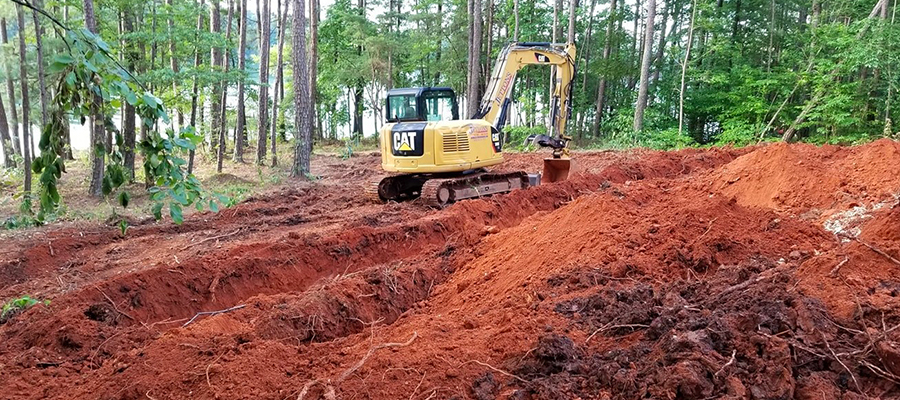
Lot prep by Total Quality Home Builders
#2: Don’t impose a home design on a site; instead, adapt a design to it
We can assure you—every building site has a truly distinct character. And we’re not just saying that because we fall in love with every lot upon which we’re building. (Even though we promise we do.)
Sometimes the features that first attracted a family to a lot end up causing a lot of grief down the road.
We’ve seen it before. That gorgeous waterfront view meant someone had to sacrifice their dream of solar efficiency. The perfect site in a close-knit neighborhood meant the home was subjected to the mercy of the local homeowners association. That charming spot in the most amazing little community put stipulations on the size of a home and the number of outbuildings allowed on the property. All of those examples are why it’s so important to carefully pick the right site.
If you’ve already bought a lot, don’t panic! It’s easy to adapt your home design to the site’s distinct characteristics rather than try to force a design on it. For instance, if you have a lot full of mature trees, talk to your builder about ways to incorporate them into the landscape design rather than clearing them.
If you love the lot, chances are you’ll love the home that’s been designed to harmonize with its environment rather than impose on it.
#3: Don’t create a home design before you’ve created a budget
We’re fairly certain it’s human nature to build a solid wishlist of ideas you’d like to see in your home. We’ve been there, too. The frustration is when you’ve provided your builder with that wishlist, only to be met with the disappointment that comes with failed expectations.
The best way to avoid that is simple: be clear with a budget from day one.
The most frequent hiccup in getting the home of your dreams comes from asking a professional to develop plans for you, and then the home is designed without knowing budget boundaries. It’s important to figure out a realistic budget threshold in advance of the design so you can prevent any miscommunication or to keep costs from escalating out of control during construction.
A good contractor can add great value to these efforts. You should have complete transparency in the process of custom home construction to ensure you understand how the process works. With a clear budget and open communication, your entire project—from exterior landscape to every last interior finishing—should meet your expectations and result in your dream home.
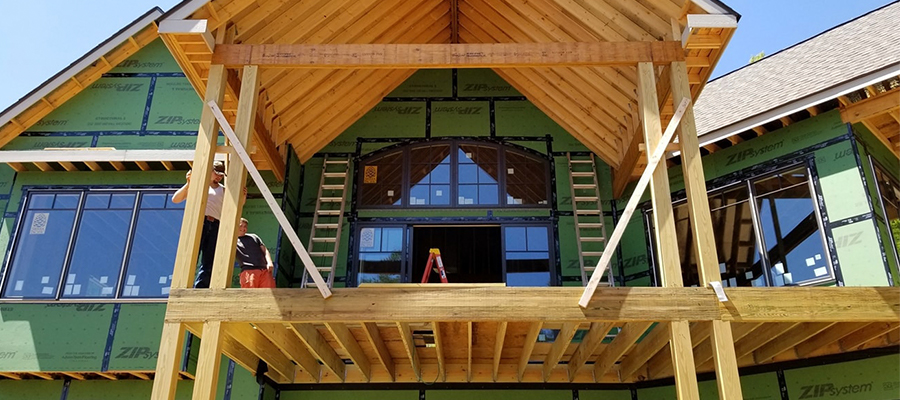
Custom Home by Total Quality Home Builders
#4: Don’t choose a home designer that doesn’t match your style
This may sound silly, but think about it: would you hire Picasso to do a landscape painting? Then why would you expect an architect who builds modern west coast homes to build a custom lake home? That’s why it’s so important to find the right designer for your needs. After all, home designers often fall back on their strengths when faced with the pressure of time or budgets. You want to ensure your home is exactly the way you’re dreaming of it.
Our recommendation is to make sure you’re consulting with everyone who will be involved in your build, from start to finish. Speaking with a good general contractor who has built a wide range of custom homes will give you an idea of who specializes in the type of home you’re looking to build—as well as those who don’t. And your builder can give you recommendations on designers who match your design sensibilities, too.
Most importantly, do your research! As for portfolios, follow them on social media, and dig into their websites to determine if you trust their eye. Check out our Facebook page for weekly updates on current projects.
#5: Don’t forget to incorporate green building practices in your home design
You may be surprised to learn that “green,” or environmentally responsible, building practices are becoming commonplace. There still tends to be a major misconception about its costs and the way these techniques are incorporated into a modern custom home. The truth is, they are becoming so common, green construction can be factored into custom home construction at the design state at little to no additional costs.
At the heart of green building is an effort to create efficiencies throughout a home, which could also ultimately lead to cost savings down the road. In addition, some choices like roof overhangs, window orientation, and even heating systems create savings through engineering chances—not architectural ones—which means you can protect your health, enhance your comfort, and save money without sacrificing the style of your home. That distinction is the essence of green building done right.
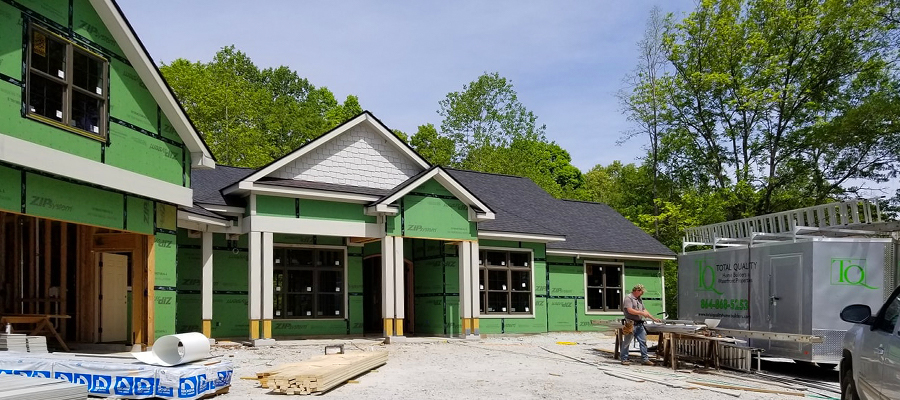
Custom Home by Total Quality Home Builders
#6: Don’t forget to talk to relevant references
This hiring practice is one we cannot stress enough. Ask for relevant references.
Here’s what the common process tends to look like: You get a recommendation from a friend. Then you meet the person face-to-face. You ask for references who give glowing reviews. You tour past projects. And by then, you’ve long known you’re going to hire them. We believe that’s a problem.
When we say “relevant” references, we mean to ask for anyone who can attest to the type of home you’re looking to build. Don’t put yourself in a position to be a guinea pig with your custom home construction. Make sure the builder you choose is accomplished at the style you want to build. It will save you stress, heartache, and most importantly, money, further down the road.
with Custom Home Construction

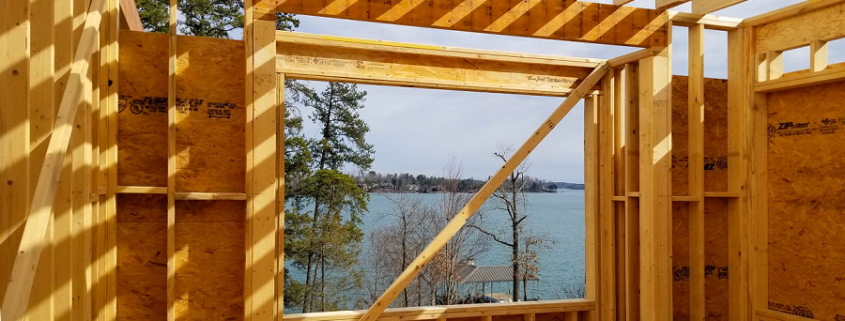

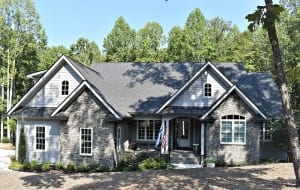 Change your perception of spring
Change your perception of spring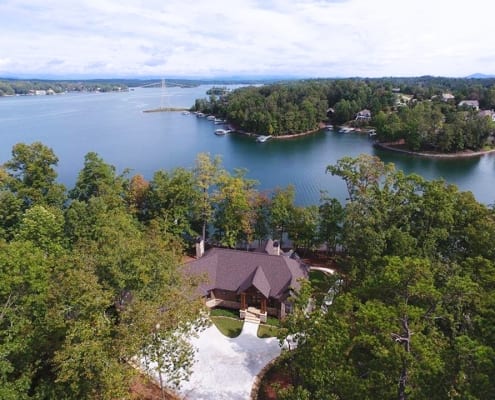
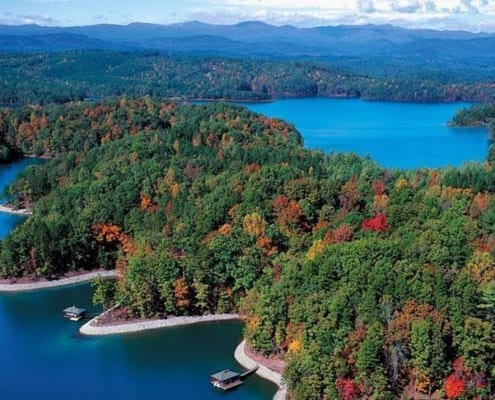 Are you ready to buy your dream lake home?
Are you ready to buy your dream lake home?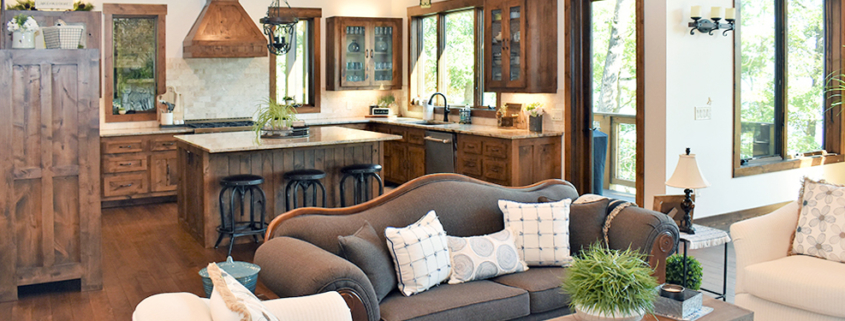
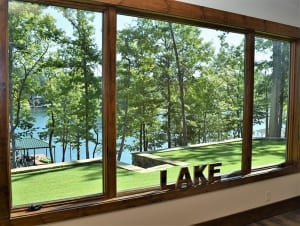 Get Your Eyes on the Lake
Get Your Eyes on the Lake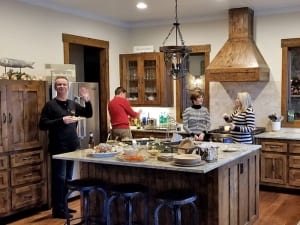 Make Delicious Memories
Make Delicious Memories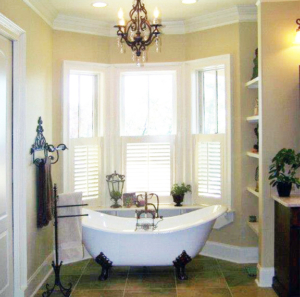 Give Yourself all the Creature Comforts
Give Yourself all the Creature Comforts